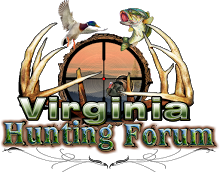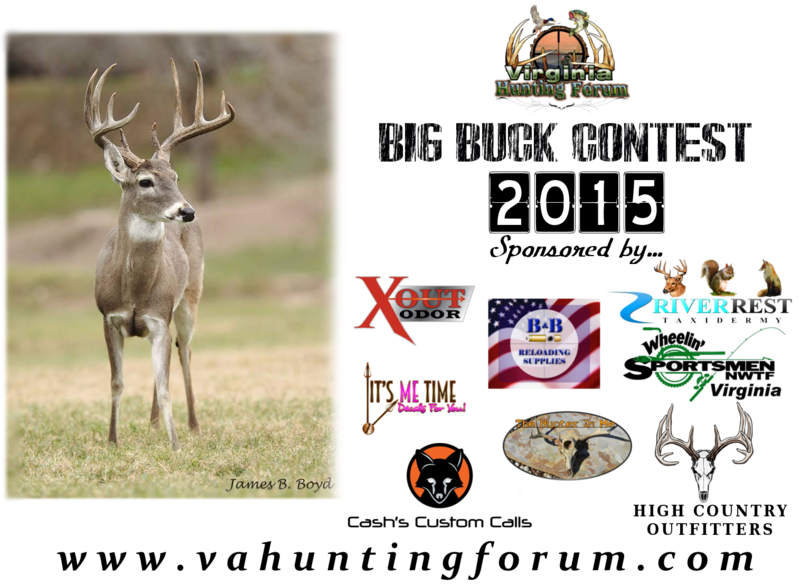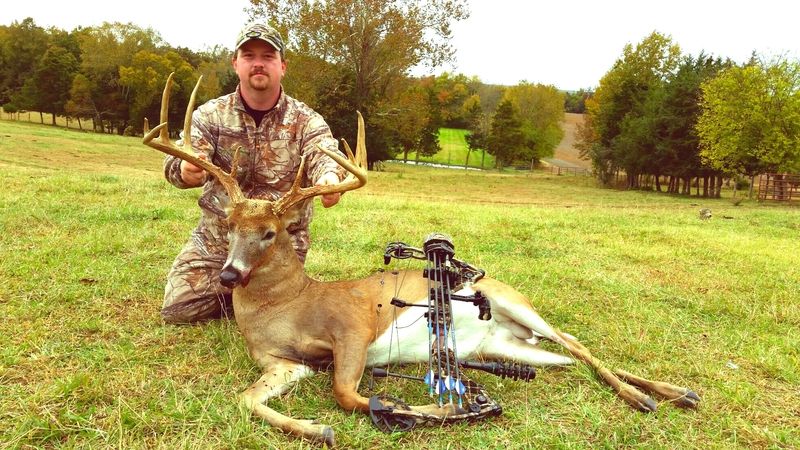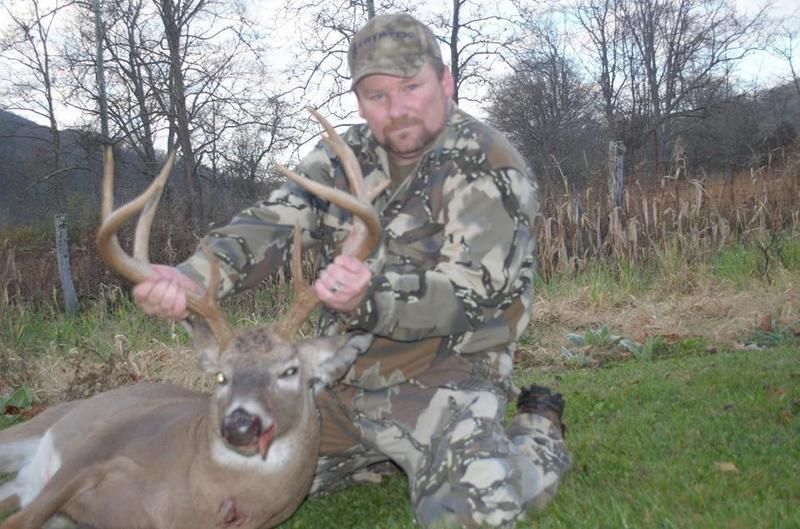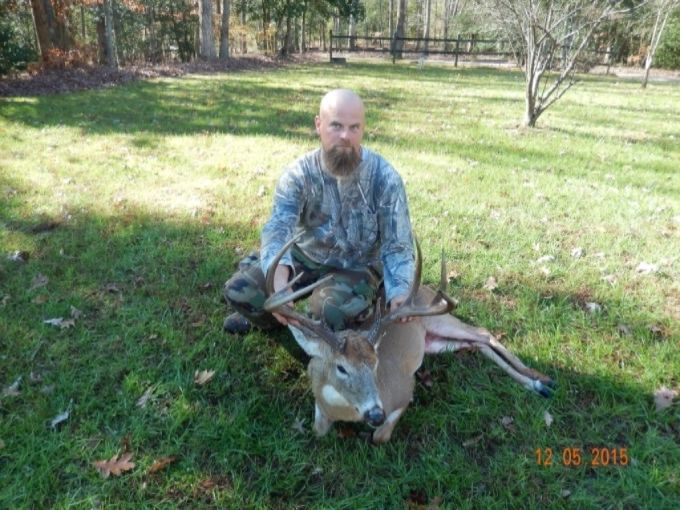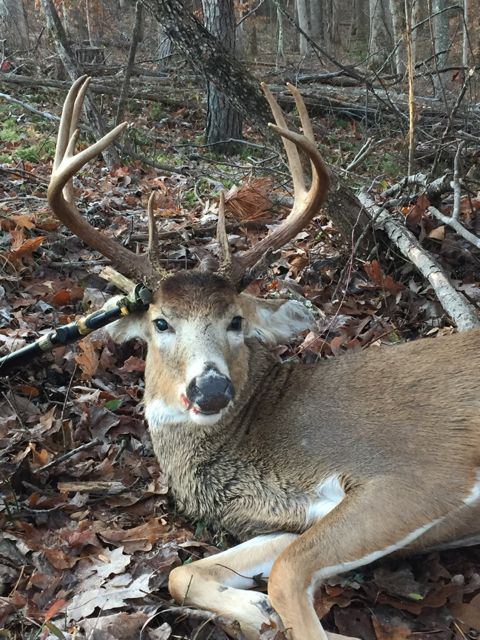1: Youth day ain't just for youths.
Several years ago, The Virginia Department of Game and Inland Fisheries updated the laws regarding youth hunting days in Virginia. Instead of only allowing those 15 years and under to hunt with an adult, they began allowing holders of an apprentice license as well. An apprentice license is only issued to a first-time hunter who has never had a license before, and therefore, an apprentice can be any age. The apprentice must still be accompanied by an unarmed adult hunter. There are youth and apprentice days for several different species, including deer, bear, and turkey.2: Give the gift of hunting!
There is a license available that you can purchase for your kid that will literally last a lifetime! The Infant Lifetime Hunting License is available for $125 and can be purchased for children under two years of age. This license is valid for the lifetime of your child, although they must still complete an approved Hunter Education course by the age of 12 for the license to remain valid. Imagine that...your kid will never have to buy another basic license!
 3: You can hunt foxes all year.
3: You can hunt foxes all year.
According to 4VAC15-110-80 in the Virginia Administrative Code, a landowner may kill (or have someone else kill) foxes on the landowner's private property at any time. This means that if you own land, or you get explicit permission from the landowner, you can continue hunting foxes all year.4: Damage stamps are for antlerless deer only.
According to §29.1-529 in the Code Of Virginia, if you report crop damage to the Department and are issued damage stamps, you may only use the stamps to kill antlerless deer. You can't kill antlered bucks unless the Director or his designee have clear and irrefutable proof that an antlered deer is causing the damage. So be careful when taking your sights on a garden intruder! And don't plan on taking your summer kill to a taxidermist; deer killed under authorization of damage stamps cannot be mounted.5: Nuisance species may be hunted all year.
§29.1-100 in the Code of Virginia defines nuisance species in Virginia as blackbirds, coyotes, crows, cowbirds, feral swine, grackles, English sparrows and starlings. VDGIF further defines other nuisance species as house mice, black rats, Norway rats, pigeons, groundhogs, nutria, and mute swans. §29.1-511 in the Code of Virginia permits a continuous open season for the defined nuisance species.6: Horseback Foxhunters must be licensed, too.
A few years ago, the Department issued a requirement for those on organized horseback fox hunts with hounds to have either a Foxhunting License or a Basic Hunting License, whether or not they are hunting with a firearm. They, too, are using a natural resource and must put in their fair share, just as deer hunters, duck hunters, etc do.7: Elk are deer (in Virginia, anyway).
Elk of either sex are legal to hunt anywhere in Virginia except in the introduction areas of Buchanan, Dickenson, and Wise counties. They don't have their own set of laws, so they are treated just like a deer. They can be hunted during any deer season (general firearms, archery, and muzzleloader) and they count toward your yearly bag limit for deer. The only difference is that if you are lucky enough to kill an elk, you must call the Department and8: Know what a CITES tag is.
CITES stands for Convention on International Trade in Endangered Species, and is basically an agreement between governments to help ensure the survival of threatened species. There are two species of animals in Virginia that require a CITES tag if the pelts are to be traded, sold, or taken across state lines: otters and bobcats.
 9: Hunt posted property legally.
9: Hunt posted property legally.
Many landowners will give their friends or family members permission to hunt their property, but will post "no hunting" signs on the perimeter of the property to keep trespassers at bay. If a property is posted with these signs, but you have permission to hunt, you must have written permission from the landowner unless they are hunting with you.10: Hunt in peace!
Love this blog? Be sure to visit the Virginia Hunting Forum, Virginia's leading hunting and fishing community on the net! Join in on great discussions there and share some of your favorite "weird laws" with others!
